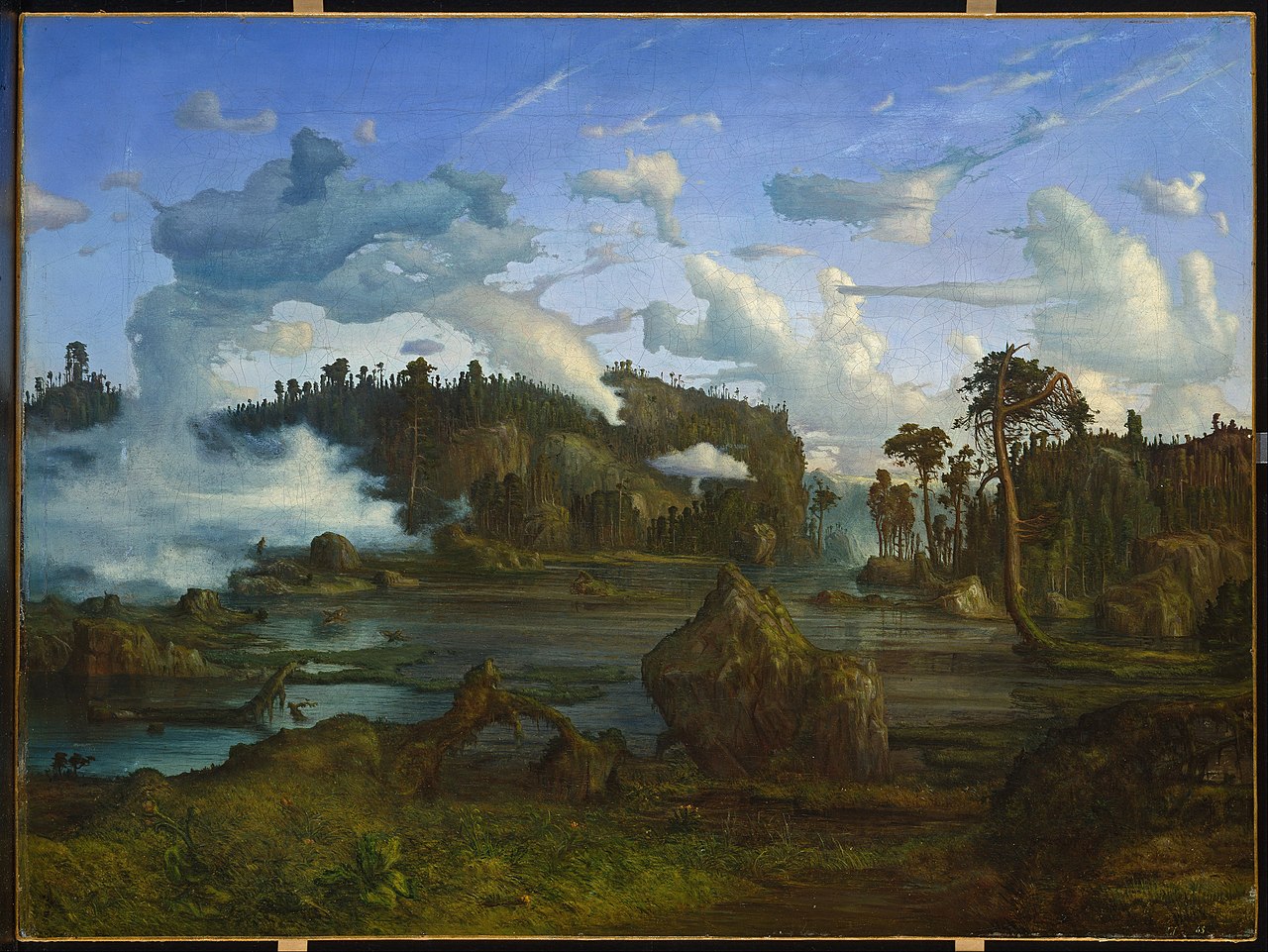'In 1988, at the age of 24, Luca Vitone began working on ‘Carte Atopiche’ (Atopic Maps), a series of 1:25,000 scaled maps from which he removed all topographic indications. [...] ‘All my works reference a condition to which we are subject, which I call “topological loss”,’ Vitone explained in an interview with the critic Emanuela De Cecco in 1992.2 So deep-rooted were his feelings that he had the geographical coordinates of his place of birth, the Galliera hospital in Genoa (Lat. N. 44°24’07’’ Long. E. 8°56’31’’), tattooed on his arm, while his website constantly updates his position with a tracking system. Travelling widely and regularly exhibiting internationally, Vitone (who is now based in Berlin) compensates for his placelessness through constant scrutiny of his relationship to the contemporary Italian landscape, which he transforms into minimalist installations, soundscapes and, more recently, monochromes and videos.'The article concludes with a description of Vitone's recent work in which visitors to the Venice Biennale were confronted with a scent that the artist had developed 'in collaboration with the master perfumer Maria Candida Gentile by mixing three rhubarb essences.' This was no perfume though, it was designed to evoke the smell of asbestos. For Vitone there was a particular association with asbestos-related deaths in Piedmont. (When we first moved in here we were told by the man who dismantled an old structure in the garden that he thought it contained a small amount of asbestos. In mentioning this I should point out that our garden is pretty small and a significant portion of it constitutes an inconvenient ivy-clad mound that we understand to be a concreted-in World War Two air raid shelter nobody has had the energy or money to have removed. Still, I suspect this visible remnant of the past is something of an antidote to feelings of placelessness and topological loss).
After Venice, Vitone and Gentile created a new olfactory sculpture for an exhibition in Berlin, Imperium (2014), 'composed of different fragrances, which together evoke the “smell of power”' (something I think I may have sniffed before). Olfactory landscape art may well be a growing trend. One of the best known artists working with smell, Sissel Tolaas (who recently featured in The Guardian) is also based in Berlin and made an installation charting the smells of its districts back in 2004. The city is also home to a Smell Lab dedicated to olfactory experiments. The results from one of its field trips are not hugely impressive ('Piece of Textile Left for an Hour Underneath a Rug at a Späti on Kottbusser Damm' - 'Smells like Nothing'), but I guess this kind of smellscape research is still in its infancy. It is not yet possible to embed smell clips into these blog posts so I have added a short video about Luca Vitone above. Now, on a fine evening here in Stoke Newington, I think I can smell the spring at last, overlaid with a whiff of brick dust and a hint of ancient soot from the old kitchen fireplace we have just uncovered.
Fragment of old wallpaper, Stoke Newington, date unknown






